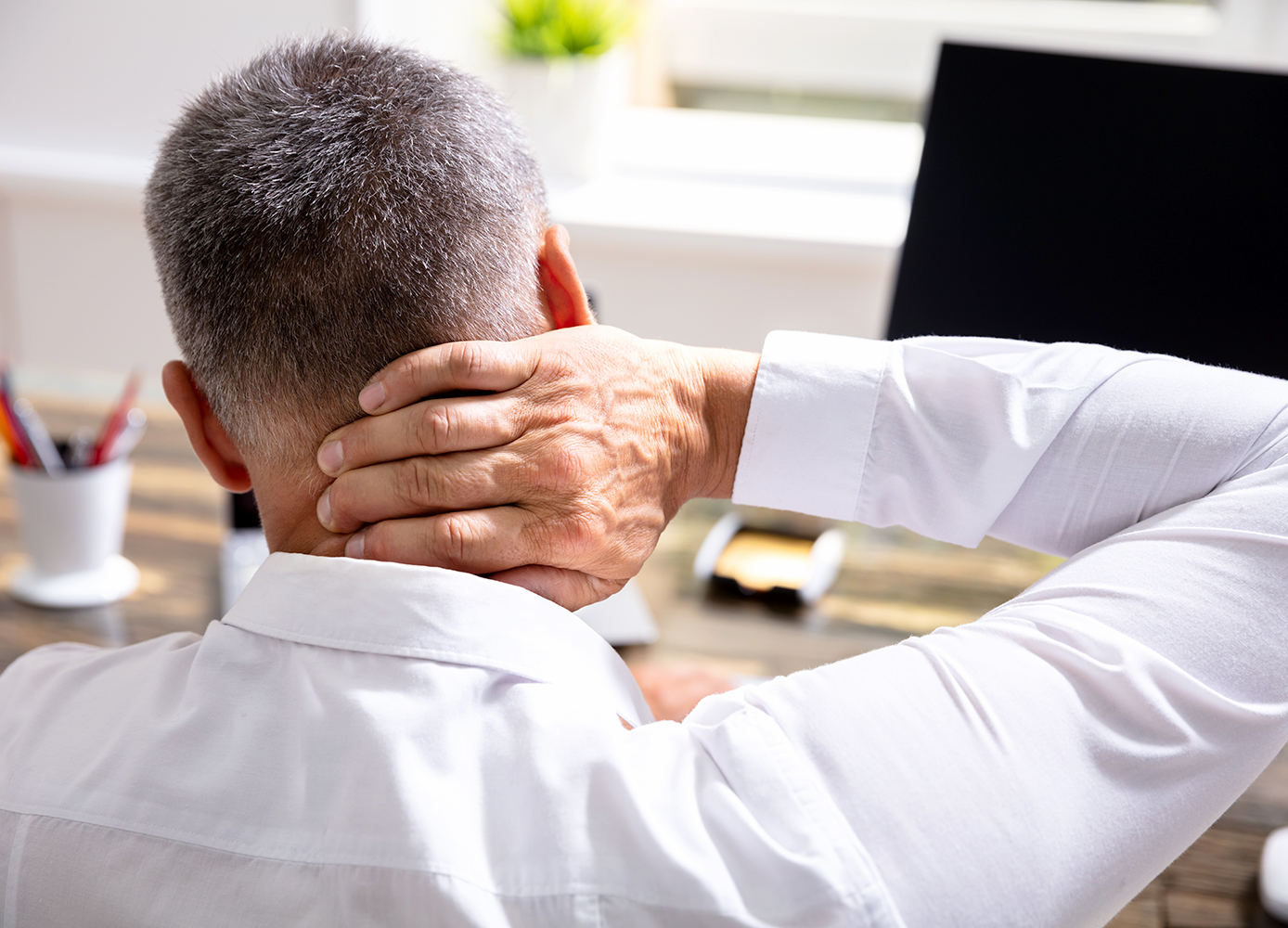If you spend a lot of time at a desk, these tips can make your life a lot less uncomfortable
By Katrina Caruso
Working at a desk has been shown to lead to Repetitive Stress Injuries (RSIs) and even serious health issues such as heart disease. If you spend a lot of time at a desk, either at home or at work, making your workspace as ergonomic as possible is important, as it will help with your posture, reduce stress, and help prevent carpal tunnel syndrome and neck and back pain.
Here are some ways that you can make your workspace work better for you:
Look into different mouse and keyboard options.
If your mouse or keyboard are causing hand or wrist cramps, there are more ergonomic options that you can buy.
The location of the mouse and keyboard also matter: your arms should not be stretched out too far. This might mean lowering or raising your chair or the armrests, or adjusting where the keyboard is housed.
Adjust your monitor.
You should be looking at the computer with your chin tilted slightly upward, which means that your monitor probably needs to be raised higher (typically it’s most comfortable directly at eye level). You can buy a monitor riser or simply stack a few large books under your monitor.
The distance between you and the monitor also matters. It should be somewhere between 20 and 30 inches (50–75 cm) away from your eyes.
Consider your chair.
You should be sitting straight in your chair, not slouching forward or leaning backwards.
If it’s time to buy a new chair, choose one that offers good lumbar support. The seat of the chair is important, too—there shouldn’t be too much space between the end of the seat and the back of your knees (ideally only an inch or so).
Adjust the chair height so that your feet are firmly on the ground and your thighs are slightly below your hips.
Make sure the cushions of the chairs are comfortable; a hard chair doesn’t serve anyone.
A chair that swivels and has wheels is the ideal office chair, because you can move around or reach for something while seated in the chair comfortably.
Get up and move a bit every few hours.
It’s not good for the body to stay in the same position for too long, especially if it’s not a comfortable one. Walk around the office (or your home) or the block, and don’t forget to do a few stretches every now and then. Here’s a good guide (with some videos) to help you get started stretching.
If you’re feeling ambitious and want to build yourself the ideal home office, here’s a guide to crafting an ergonomic desk. This workspace planner can give you the ideal measurements to help you.
Photo: iStock/Victor_69.






